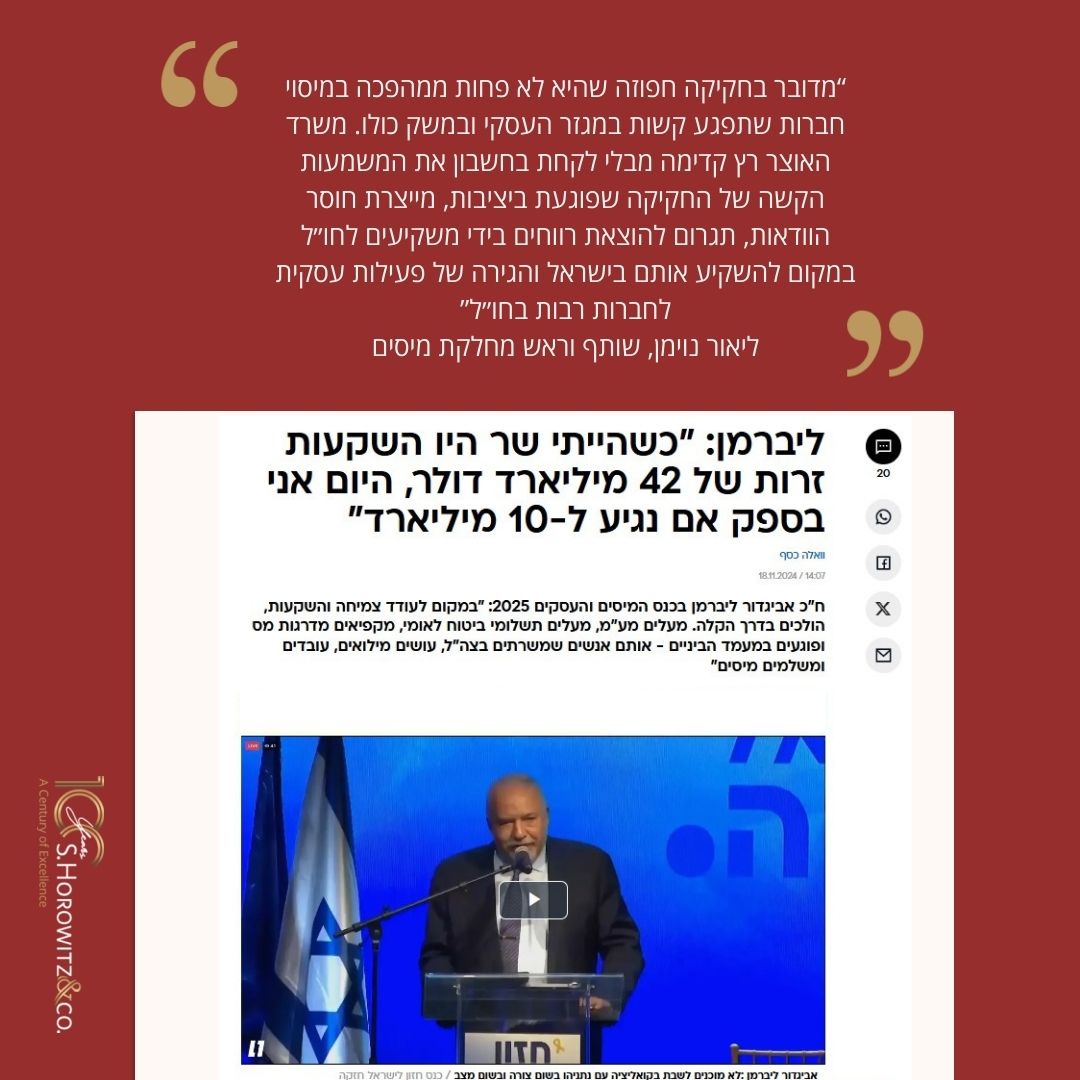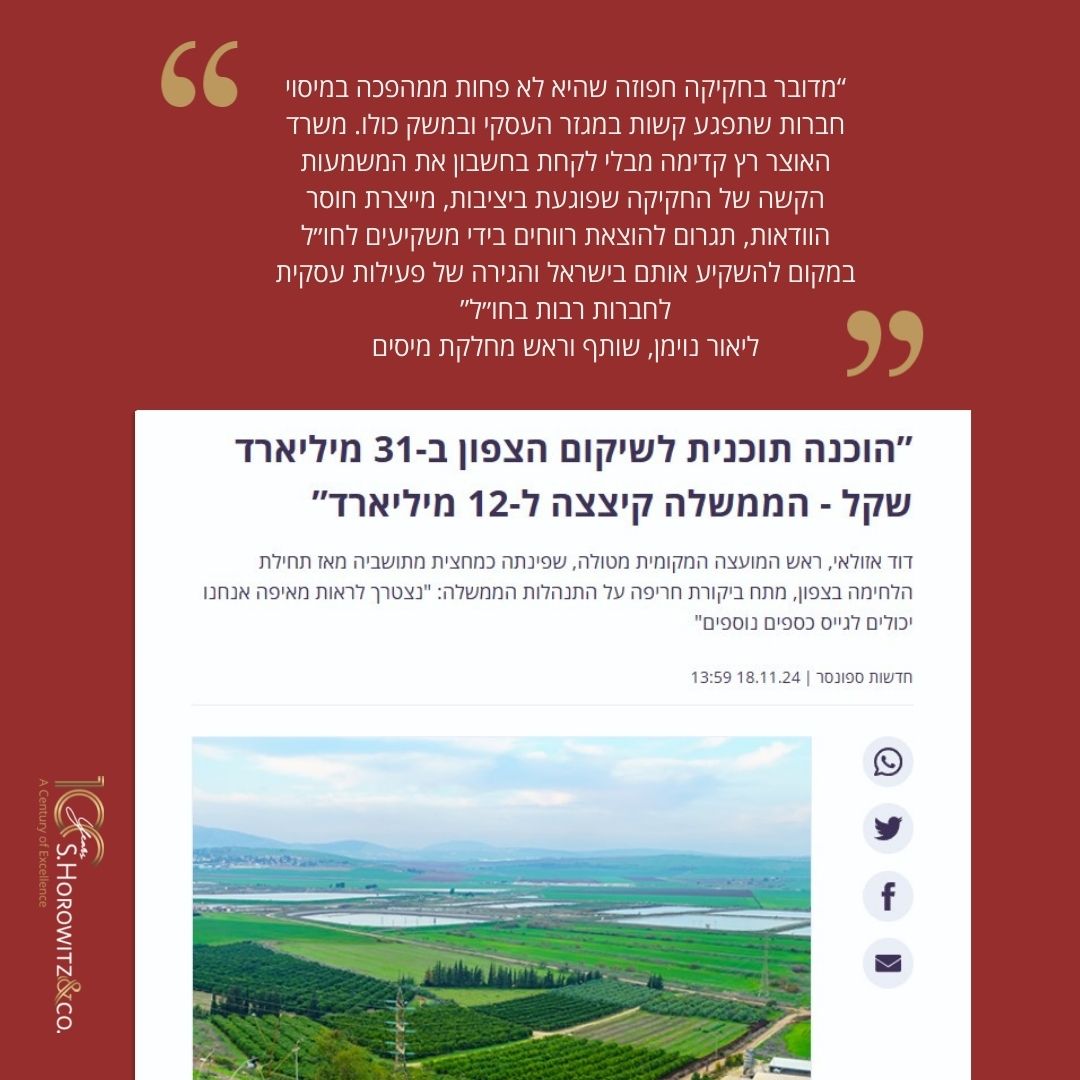
Introduction
In a decision¹ rendered on April 23, 2020, the Commissioner of Patents, Ofir Alon, allowed an opposition filed by Teva Pharmaceutical Industries Ltd. (“Teva“) against a patent application filed by Eli Lilly, directed to the use of PTH(1-34) for the treatment of osteoporosis.
PTH(1-34) is a peptide fragment (34 amino acids) of the naturally occurring human parathyroid hormone. The biosynthetic form of PTH(1-34), also known as teriparatide, is the active ingredient used in Eli Lilly’s blockbuster osteoporosis drug FORTEO®.
The Commissioner found that the prior art fell short of depriving the claimed invention of novelty, but held that Eli Lilly’s application lacked any inventive step.
The recent decision follows a previous decision given by the former Commissioner of Patents which allowed Teva’s opposition back in 2017, based on similar grounds; however, the latter decision was revoked on appeal by the Jerusalem District Court, which found the former Commissioner’s reasoning to have been insufficient and remanded the case to the current Commissioner, for him to reconsider the case and hand down a new and more detailed decision. While the patent term for Eli Lilly’s application lapsed in August 2019, the Commissioner’s decision was rendered to provide clarity as to the public’s rights while the application was still pending.
The Decision
The Commissioner began by accepting Teva’s position that Eli Lilly’s application was not entitled to the priority date of the US provisional applications (August and September 1998), as those latter applications did not disclose the dose of PTH(1-34) cited in the claims. Accordingly, the relevant date for assessing novelty and inventive step was restated to be the filing date of the PCT application (August 1999), in which the cited dose was disclosed for the first time.
The Commissioner went on to interpret claim 1 of Eli Lilly’s application, holding that the claimed invention comprised four elements: (1) dose and duration of treatment; (2) target patients; (3) administration without concurrent antiresorptive agents (other than vitamin D or calcium); and (4) the therapeutic effect.
Turning to assess novelty on the facts before him, the Commissioner found that the four prior art publications cited by Teva (the Finkelstein Publications, Slovik and the ‘328 Patent) disclosed all the first three elements of the claimed invention; however, they did not teach the fourth element, namely the therapeutic effect.
While the claimed invention just barely survived the lack of novelty challenge, the Commissioner found that it lacked any inventive step over the prior art. According to the Commissioner, PTH(1-34) itself, the dosing regimen and the target population were all known at the relevant time, and various studies had already been carried out in this regard. All that Eli Lilly did was to carry out the clinical trial required to prove that the treatment was indeed effective.
Applying the ‘obvious to try’ test, the Commissioner held that it would have been obvious for a person skilled in the art reading Finkelstein 1998, to try the treatment cited in the claim and determine whether it indeed reduced the risk of fracture. The required study was straightforward, and there was no lack of scientific or technical knowledge on how it should be performed. There was also no significant risk known to be associated with performing the study, since PTH had been administered on its own to patients in previous studies, such as those reported in the Finkelstein Publications. According to the Commissioner, the person skilled in the art also had a reasonable expectation of success: the reported increase in BMD would be regarded as a positive indicator, suggesting that there was a likelihood of reduced fracture risk. The statement in Finkelstein 1998 in this regard was not arbitrary, but rather based on previous studies showing a correlation between increased BMD and reduced fracture risk.
The Commissioner rejected Eli Lilly’s contention that the person skilled in the art would have inferred, from the experience with fluoride, to PTH(1-34), holding that it was already known at the time that contrary to fluoride, PTH(1-34) had a positive effect on bone. The Commissioner referred, inter alia, to Eli Lilly’s own internal Clinical Brochure, which stated, based on a summary of published studies, that there was “a compelling rationale” to carry out clinical trials to prove that treatment with PTH(1-34) was indeed effective. While the internal brochure itself was not published and, hence, did not constitute prior art, it was still an extremely important piece of evidence on the state of the art at the relevant time.
The Commissioner further rejected Eli Lilly’s contention that there was widespread fear in the scientific community from using PTH(1-34) to treat osteoporosis, or that such fear (if at all existed) would have deterred a person skilled in the art from doing so. According to the Commissioner, intermittent administration of PTH(1-34) was already known at the relevant time to have an anabolic, rather than catabolic, effect of bone and the alleged ‘cortical steal’ phenomenon was mere speculation. The fact that various pharmaceutical companies were already pursuing clinical studies using PTH, further taught against Eli Lilly’s contentions of ‘fear’ amongst those skilled in the art.
The Commissioner did not find the secondary considerations of unmet need and commercial success as pointing against his finding of lack of inventive step.
Comment
It transpires from the Commissioner’s decision that internal documents of Eli Lilly, which were adduced as evidence by Teva, played an important role in dispelling Lilly’s assertions of widespread ‘fear’ from using PTH(1-34) to treat osteoporosis, as well as its arguments that the prior art did not disclose various elements of the claimed invention (such as dose and administration of PTH(1-34) alone).
While these internal documents were either filed by Lilly in other jurisdictions or obtained outside of Israel in the framework of Freedom of Information requests, their contribution in the present case underscores the importance of discovery proceedings in patent opposition and revocation proceedings.
Adv. Tal Band and Adv. Noam Blei represented Teva in these proceedings.
|
[1] Opposition to Patent Application No. 138829, Teva Pharmaceutical Industries Ltd. v. Eli Lilly and Company.
[2] Teva asserted, and the Commissioner accepted based on the evidence adduced by Teva – including internal documents of Lilly – that the PTH (1-34) dose of 400-500 units disclosed in the two latter publications would have been understood by a person skilled in the art to fall within the 20-40 micrograms dose range cited in claim 1 of the patent application. The Commissioner further held – inter alia based on Lilly’s internal Clinical Brochure, which was submitted by Teva – that calcitriol, which was administered together with PTH (1-34) in Slovik and the ‘328 Patent, is not an antiresorptive agent. |


